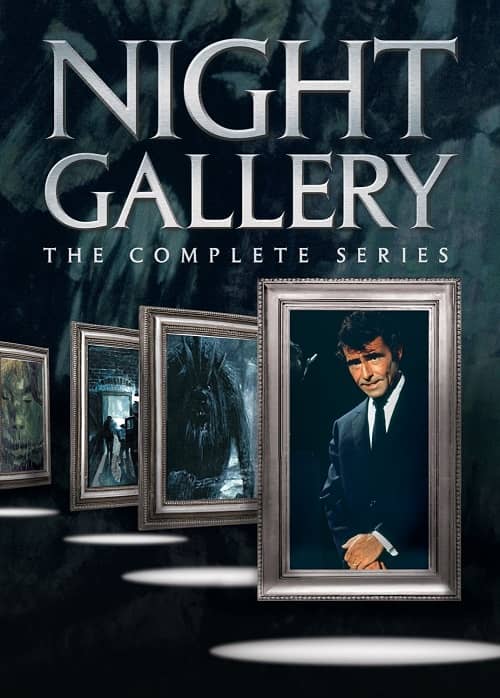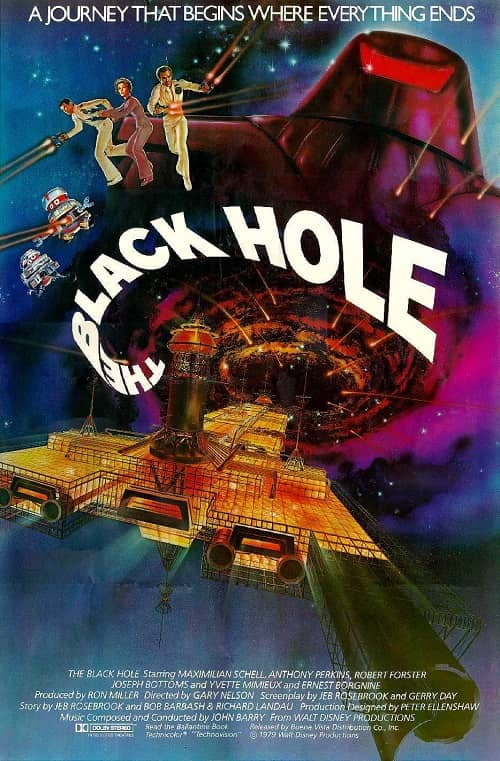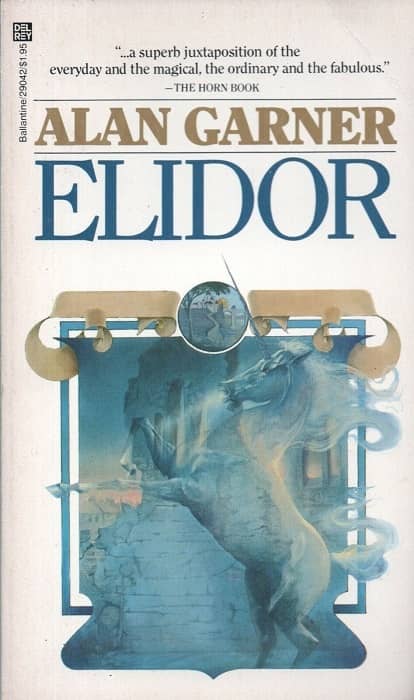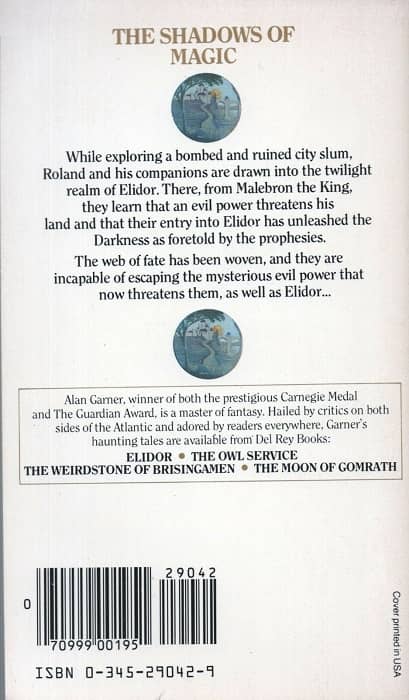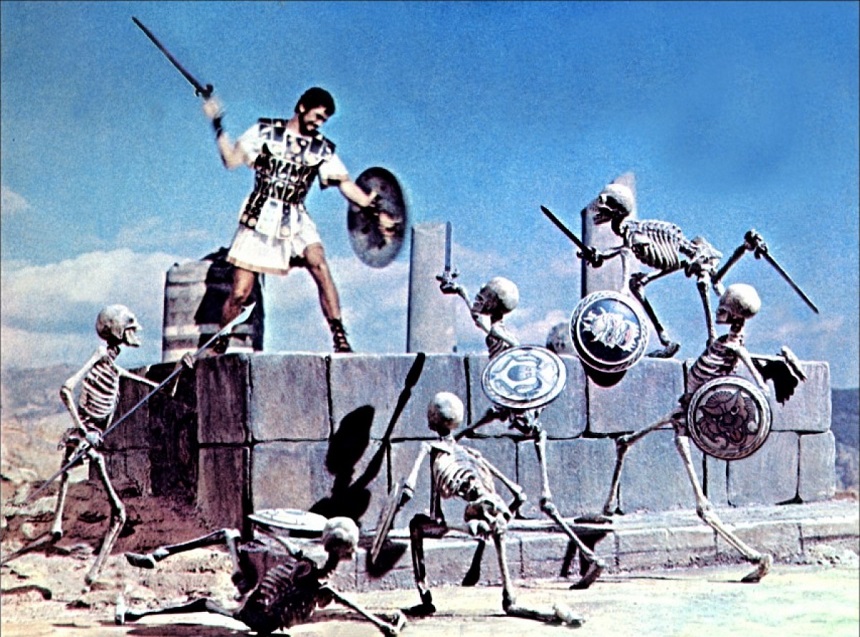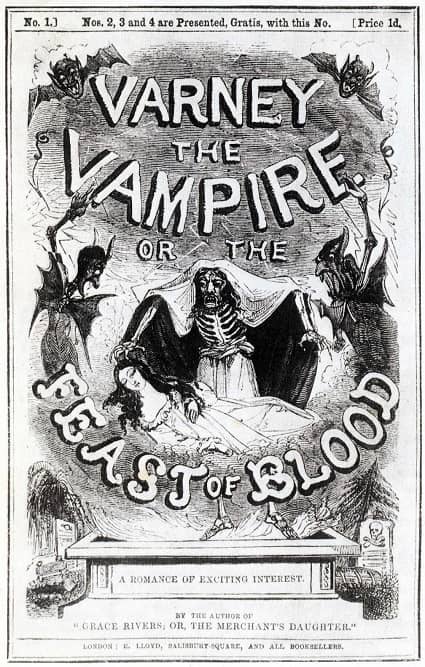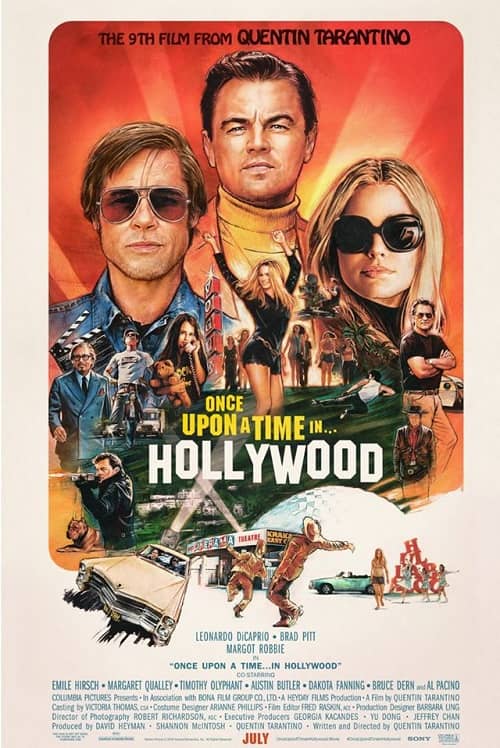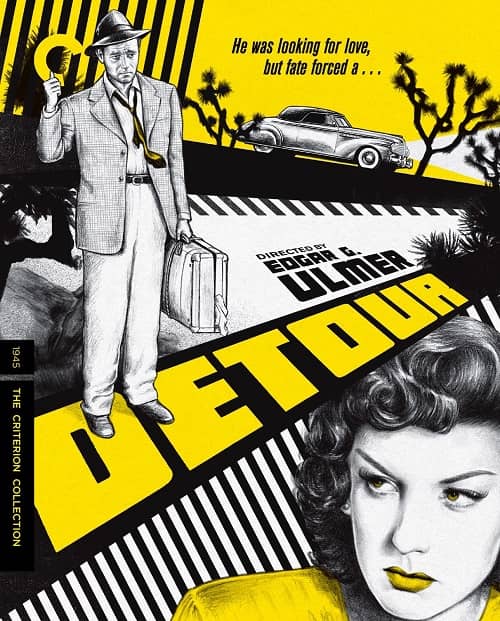Rod Serling’s Night Gallery: The Art of Darkness
The Night Gallery on DVD
Few things in life are more trying than playing second fiddle to a sibling whose charm, poise, good looks and dazzling achievements you can never hope to match. Just ask Night Gallery, forever standing in the shadow of one of the most legendary and beloved of all television shows, The Twilight Zone. (At this point I am morally – if not legally – required to disclose that I am a spoiled youngest child who got every freakin’ thing he ever wanted, at least according to my sister.)
In case you need reminding, Night Gallery was an outré-story anthology show hosted by Rod Serling that ran for three seasons on NBC, from 1969 through 1973. Each hour-long episode featured two, three, or even four separate stories (at least until the third season, when the show’s running time was cut back to a half hour), which Serling, in his role as the curator of a museum of the macabre, would introduce with a painting (or occasionally a piece of sculpture) illustrative of the tale, hence the series name.
Night Gallery shares many qualities with its predecessor, but several things distinguish it from the earlier show. Like Twilight Zone, Night Gallery was created by Rod Serling and he wrote some or all of over half of the episodes, but he did not produce the series. This was a big change and it meant that he had far less authority over Night Gallery than he did over his previous creation. (As the creator and face of the show, he thought that his wishes would be respected even without the producing title, but it often didn’t turn out that way.)
